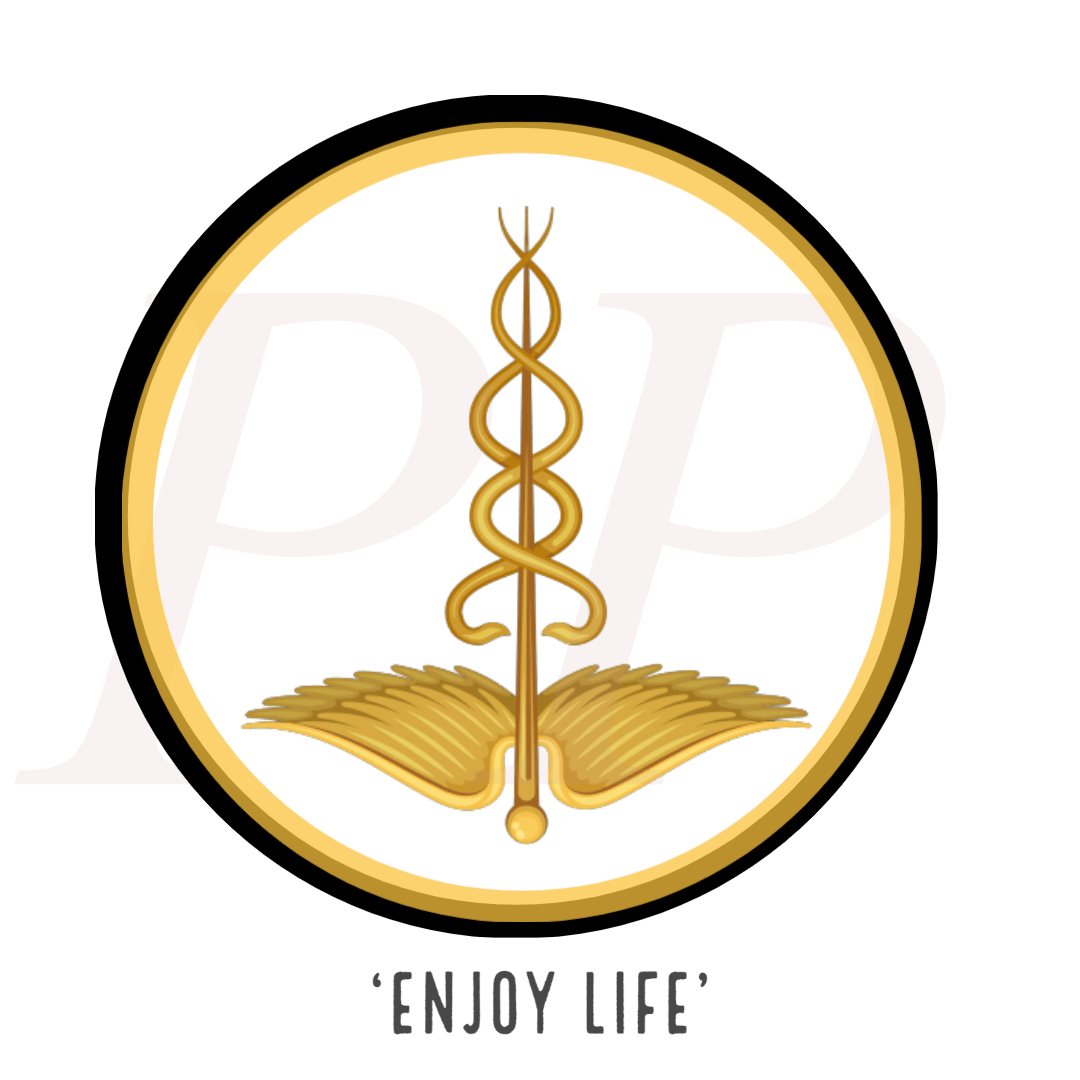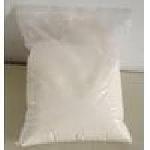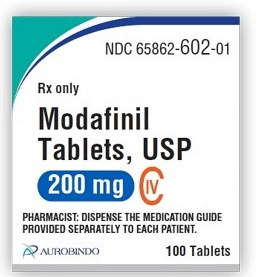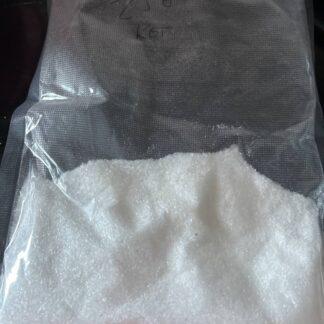Description
Methcathinone
Methcathinone, also known as ephedrone, is a synthetic psychoactive drug that belongs to the class of amphetamines. It is a stimulant and entactogen drug that produces effects similar to those of amphetamine and MDMA (ecstasy). Methcathinone is chemically related to cathinone, which is a naturally occurring stimulant found in the khat plant.
Chemical Structure and Properties :
has the chemical formula C10H13NO and a molecular weight of 163.22 g/mol. Its structure consists of a phenethylamine backbone with an additional ketone group attached to the beta carbon. This modification gives methcathinone its stimulant properties by increasing the release and inhibiting the reuptake of neurotransmitters such as dopamine, norepinephrine, and serotonin in the brain.
Synthesis :
can be synthesized through various methods, including the oxidation of ephedrine or pseudoephedrine using chemicals such as potassium permanganate or chromic acid. Another common synthesis route involves reacting propiophenone with methylenedioxyphenyl acetone (MDP2P) followed by reduction using a reducing agent like aluminum amalgam or sodium borohydride.
History and Use:
Methcathinone was first synthesized in the 1920s but gained popularity as a recreational drug in the 1990s. It was initially used as a substitute for ephedrine due to its similar effects on the central nervous system. However, its abuse potential quickly became apparent, leading to its classification as a controlled substance in many countries.
Pharmacology and Effects:
acts primarily as a releasing agent for dopamine, norepinephrine, and serotonin. It increases the levels of these neurotransmitters in the brain, leading to increased alertness, euphoria, and heightened energy levels. The effects of methcathinone are similar to those of other amphetamines and can include increased heart rate, elevated blood pressure, decreased appetite, and enhanced sociability.
Health Risks and Side Effects:
The use of carries several health risks and side effects. Prolonged use or high doses can lead to addiction, tolerance, and dependence. Chronic abuse can result in cardiovascular problems such as hypertension, arrhythmias, and even heart failure. Other potential side effects include insomnia, anxiety, paranoia, hallucinations, and psychosis. chemistry physical form pharmacology synthesis. pharmacology synthesis and precursors mode, methcathinone a new postindustrial drug, substrates for monoamine transporters, synthetic cathinones drug profile.
Legal Status:
is classified as a Schedule I controlled substance in the United States, meaning it is illegal to manufacture, possess, or distribute without proper authorization. It is also regulated or banned in many other countries due to its potential for abuse and associated health risks. form pharmacology synthesis and precursors
Conclusion:
is a synthetic psychoactive drug that acts as a stimulant and entactogen. Its chemical structure and properties make it similar to amphetamines, with effects such as increased alertness and euphoria. However, its use carries significant health risks and side effects, including addiction and cardiovascular problems. Due to these risks, methcathinone is classified as a controlled substance in many countries. vivo microdialysis
What is the source of methcathinone?
Is methcathinone more potent than Cathinone?
What is cat narcotic?







Reviews
There are no reviews yet.